PREVIOUS
Dr. M S Swaminathan: Father of Indian Green Revolution - Part 3
November 4 , 2023
769 days
3812
0
(இதன் தமிழ் வடிவத்திற்கு இங்கே சொடுக்கவும்)
Father of Indian Green Revolution
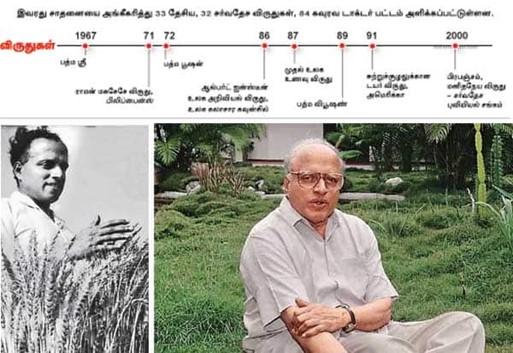
Farmers’ Commission
- Establish State-level Farmers’ Commissions to ensure dynamic government response to farmers’ issues.
Microfinance for Livelihood
- Restructure microfinance policies to serve as livelihood finance, providing credit along with support services.
Low-Cost Technologies
- Recommend low-risk and low-cost agricultural technologies to maximize farmers’ income.
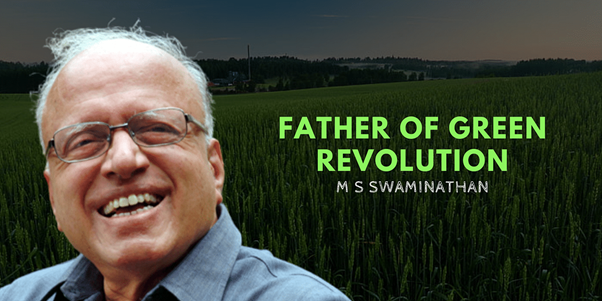
Market Intervention Schemes
- Implement Market Intervention Schemes for life-saving crops and establish a Price Stabilization Fund.
Village Knowledge Centers
- Set up Village Knowledge Centers to provide information on agriculture and non-farm livelihoods.
Income Parity
- Aim to ensure that the net take-home income of farmers is comparable to that of civil servants.
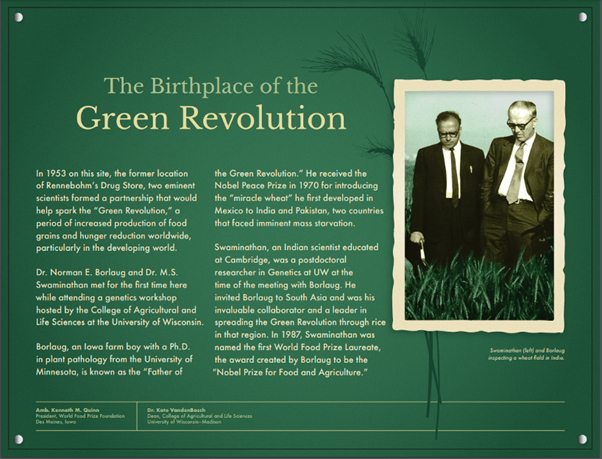
Breed Conservation
- Encourage community-based breed conservation through use.
Nutrient-Rich Pulses
- Enhance the production of pulses with a higher nutrient quotient to combat malnutrition.
Regional Crop Diversification
- Identify suitable crops for different regions based on soil types and weather conditions to optimize agricultural output.
Ecological Integration
- Incorporate ecological considerations alongside scientific methods to improve the effectiveness of the agricultural revolution.

Climate Change Adaptation
- Conduct anticipatory research to assess climate change adaptation and mitigation, involving farmers in the process.
Resource Efficiency
- Strive to achieve higher yields with fewer resources, including land, pesticides, fertilizers, and water, for long-term sustainability.
Innovative Technology
- Introduce innovative Information and Communication Technologies (ITC) to provide farmers with weather predictions, sowing guidance, and market prices.
E-Kranti Service
- Implement the e-Kranti service to offer farmers information on prices, online banking, and the option to buy or sell their produce online.
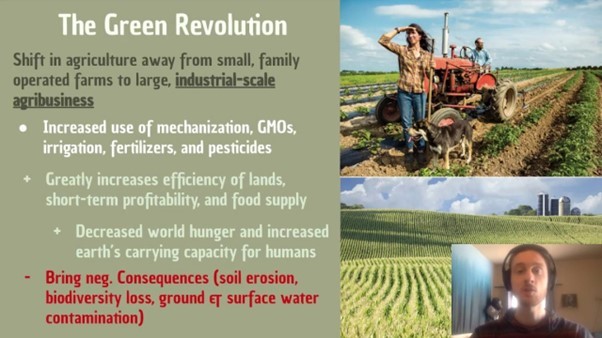
GM Food Crops
- Introduce genetically modified (GM) food crops to boost yields
- Resist diseases and pests
- Enhance nutrition while managing environmental stressors
Role of Swaminathan Committee to Control Population Explosion in India
- The policy draft submitted by the Swaminathan Committee suggested a holistic approach to health and some structural changes to implement the policy.
The important measures suggested by this committee were
- Stabilizing population by achieving a total fertility rate of 2.1 by 2010 A.D.
- Implementing a speedy and effective minimum needs programme.
- Replacing the present vertically structured family welfare programme with decentralized, democratic planning through panchayats, Nagar palikas and state legislatures.
- Involving all agencies in population control measures.
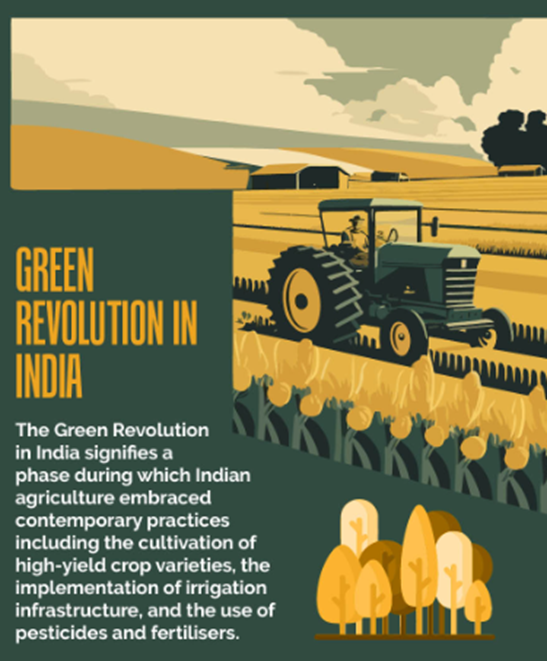
- Abandoning the idea of fixing targets for the use of specific contraceptive methods by the Central and State governments
- Discontinuing incentives in cash or kind to contraceptive users and motivators.
- Instead, a Population and Social Development Fund may be set up out of the funds available from government and international donor agencies.
- This fund will be utilized for filling the gaps in the effective implementation of the village, town, district and state level socio-demographic charters.
- Appointing a State Population and Social Development Commission (PSDC) to plan, implement and monitor the population policy of the country.
- The sub-committees of PSDC will also be set up at the state, district and panchayat levels.
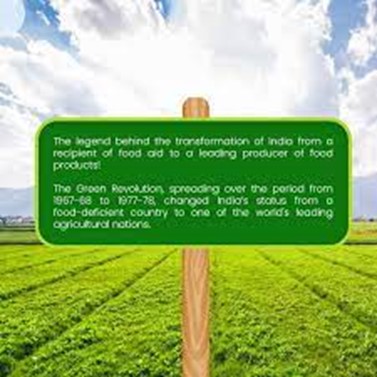
- It will be comprising elected representatives of people from different political parties, professionals, representatives of NGOs and women’s and youth’s organizations.
- Family planning has become a responsibility for women alone.
- As such there is a need for checking the trend of putting the entire responsibility for family limitation on women.
- Some socio-economic and medical goals set by the committee in the field of population welfare for forming a necessary part of the national population policy were important.
- Reducing the incidence of marriage of girls below the age of 18 years to zero.
- Increasing the percentage of deliveries conducted by trained personnel to 100 per cent.
- Reducing the infant and maternal mortality rates.
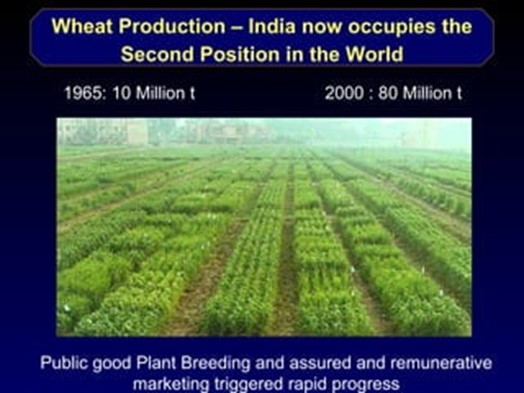
- Universal immunization of children against tuberculosis, polio, diphtheria, whooping cough, tetanus and measles
- Provision for primary health care for all
- Providing information to individuals on birth limitation methods so that they have the fullest choice in planning their families.
- Making available and accessible the quality contraceptive services on a universal basis; and
- Universalization of primary education.
- But some of the experts have criticized the recommendations of this committee and have suggested that they should be rejected outright.
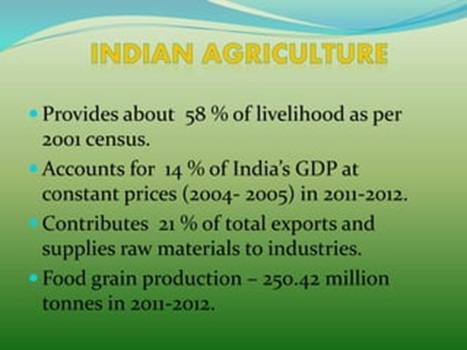
Their main arguments
- The report lacks in-depth analysis, justification and urgency.
- The approach suggested is purely managerial and the strategies pointed out are at best a reiteration of the failed aphorism that “development is the best contraception”.
- Minimum needs have no relationship with population control.
- How could all the goals, which could not be achieved in the past over four decades in spite of eight Five Year Plans and eleven general elections with all the political promises, could be achieved by 2010 A.D.
- It is more so when our population has already crossed the 975 crore (in 1996) mark with about 32 crores still below the poverty line
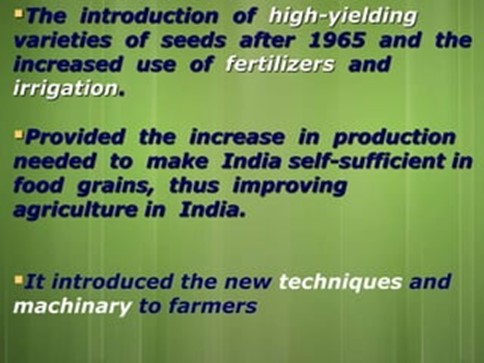
- A political population commission will be ineffective.
- The committee has not recommended any disincentive for those who violated family planning norms.
- The Karunakaran Committee of 1992 had proposed the introduction of disincentives—even if unpopular—to make the family planning programmes more effective and fast acting.
- One such programme was introduced by the Government of Rajasthan.
- Under that, no individual can contest any election if he has more than three children.
- However, this programme exists only on paper.
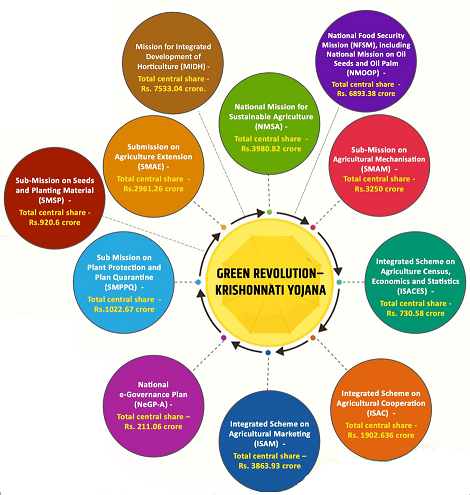
- It is yet to be put in practice.
- The report does not spell out why we failed in controlling our rapid population growth.
- Though the population programmes have been going on in India uninterrupted since 1951.
- Is this failure because of the drawbacks in the administrative set up or because of wrong policies or faulty or tardy implementation?
- This is the fundamental issue which is ignored by the report.
- Without this analysis, the structural changes as proposed in the report may be quite irrelevant.
- The biggest hurdle in the success of population control in India is political apathy.
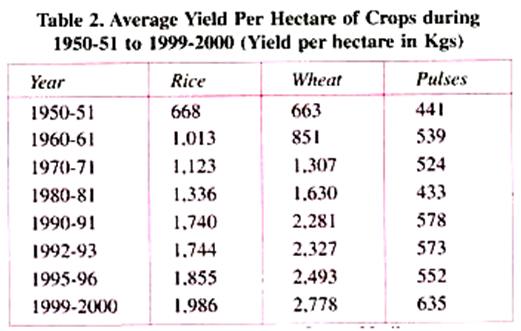
- But the committee did not give any importance to this aspect.
- The political leaders have to be bold in enacting such legislative measures.
- That measures may focus on the urgency of the issue.
- Denying promotions, debarring from holding any elected office, not giving reservation benefits, refusing bank loans, etc. to those who do not observe small family norm of two children could be some disincentives through legislation.
MS Swaminathan Research Foundation
- The M. S. Swaminathan Research Foundation (MSSRF) is a nonprofit NGO trust based in Chennai, India.
- It develops and promotes strategies for economic growth that directly target increased employment of poor women in rural areas.
- Their methods maximize the use of science and technology for equitable, sustainable social development and environmental stability.
- The MSSRF logo signifies continuity and change, invoking the DNA model of open-ended, many-sided, and continuous evolution.
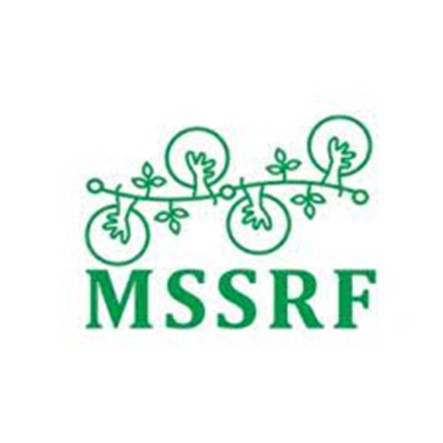
History
- MSSRF was founded in 1988 by Dr. M. S. Swaminathan, who is chairman of the foundation.
- In 1970, C.V. Raman, the Nobel Prize-winning physicist, urged Swaminathan to start an autonomous research centre to realize his goals of sustainable development which he now terms the "Evergreen Revolution".
- In 1988, after receiving the World Food Prize, Swaminathan used the US$200,000 prize to start the MSSRF.
- Swaminathan also holds the UNESCO Chair in Ecotechnology.
- He was chairman of the National Commission on Agriculture, Food and Nutrition Security of India.
- The foundation was awarded the Blue Planet Prize in 1996.
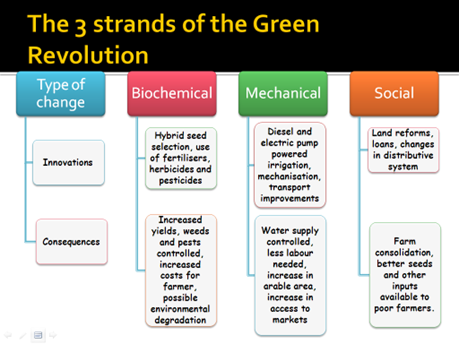
Programs
- MSSRF operates in five major program areas — Coastal Systems Research, Biodiversity and Biotechnology, Ecotechnology and Food security, Gender and development, and Informatics.
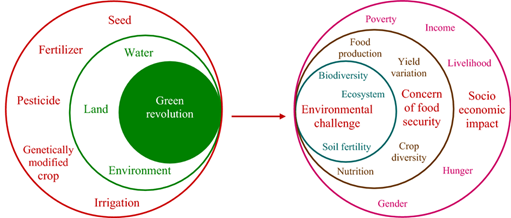
- M.S. Swaminathan’s multifaceted contributions was towards to agriculture and conservation.
- It exemplifies his dedication to improving not only India’s food security but also the sustainable management of natural resources.
- Observing the rice shortages across the subcontinent, he decided to devote his life to ensuring that India had adequate food.
- Despite the fact that he grew up in an era when medicine and engineering were regarded far more respectable, he chose agriculture.
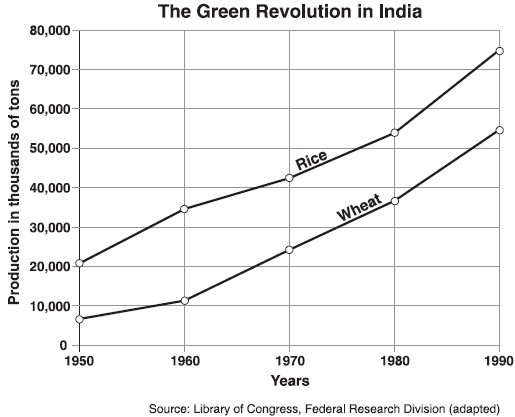
- His inventions and efforts changed the agricultural system and taught us how to increase production in the same land.
- Swaminathan’s vision and dedication will continue to inspire generations of agricultural scientists and policymakers in their pursuit of a food-secure India.
- His diverse roles in leadership, coupled with his pioneering work in crop improvement, continue to influence agricultural practices and environmental stewardship both in India and worldwide.
- His passing marks the end of an era of disruptive innovation in agricultural research, education, and extension.
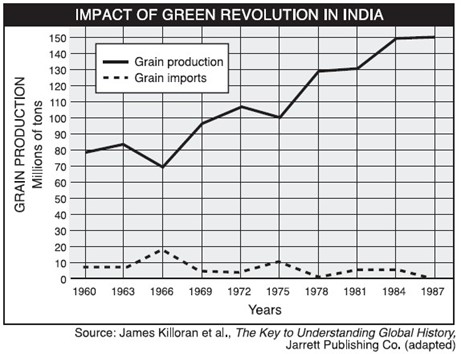
Leave a Reply
Your Comment is awaiting moderation.


